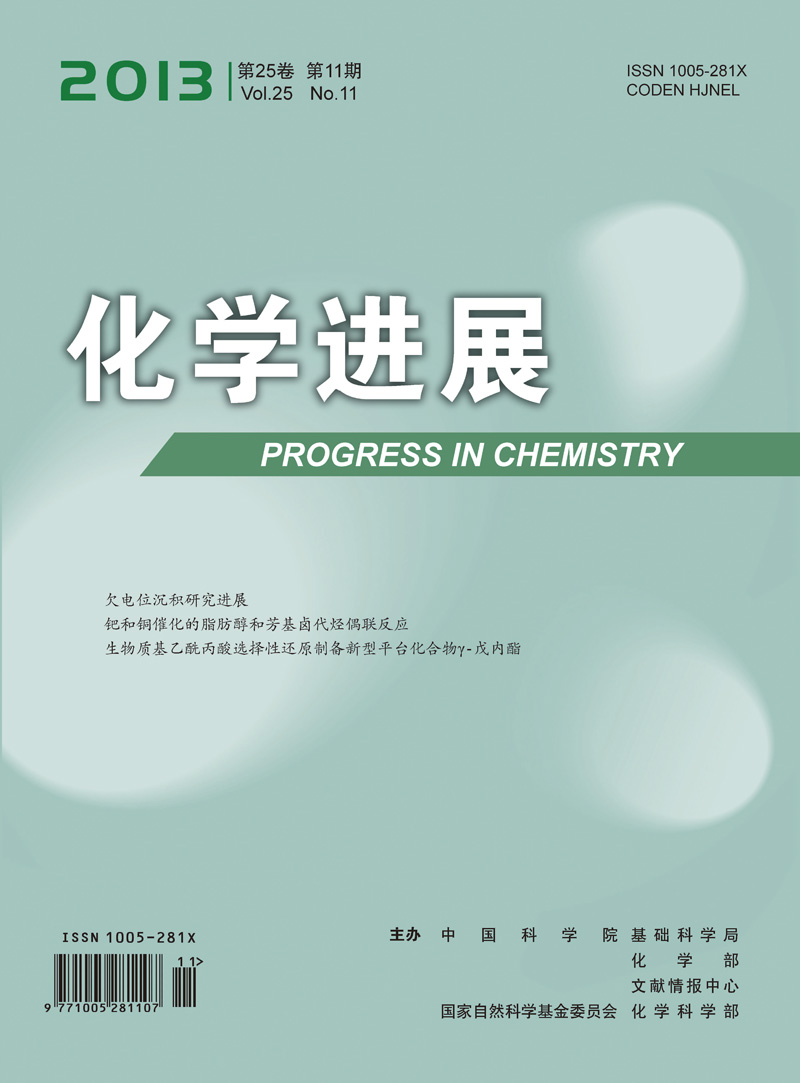Peng Bangyin, Xu Shidang, Chi Zhenguo, Zhang Xiqi, Zhang Yi, Xu Jiarui. Piezochromic Aggregation-Induced Emission Materials[J]. Progress in Chemistry, 2013, 25(11): 1805-1820.
Piezochromic (machanochromic) luminescent materials are a class of "smart" materials with luminescent properties that change in response to external force stimuli. These materials are widely used in many fields such as mechanosensors, memory chips, security inks and optoelectronic devices, and have attracted considerable interest in recent years. However, the piezochromic luminescent materials that are dependent on changes in physical molecular packing modes are extremely rare. This rarity may be attributed to two major issues. First, a common method for piezochromic luminescent compound synthesis is not to be realized. Each identified compound is an isolated event, rendering difficulty in the identification of a general characteristic. Second, the fluorescence efficiency of organic luminescent materials often becomes very weak while in solid state because of the aggregation-caused quenching effect. Consequently, the piezochromic luminescent phenomenon becomes difficult to observe. Until the last two years, we recognized the existence of a structural relationship between the aggregation-induced emission compound and the piezochromic luminescent nature, and put forward the concept of "piezochromic aggregation-induced emission materials", many piezochromic aggregation-induced emission materials have been reported one after another. Aggregation-induced emission compounds can be expected to become an important source of piezochromic luminescent materials, and in other words piezochromic luminescent materials would no longer be rare in the future. In this review, recent progress in the area of piezochromic aggregation-induced emission materials is summarized, and majority of the reported piezochromic aggregation-induced emission systems are discussed, including concept, mechanism, structure-property relationship, application, and so on.
Contents
1 Introduction
2 Piezochromic aggregation-induced emission (PAIE) concept and mechanism
3 Relationship between crystallinity and piezo-chromism
4 Relationship between alkyl (alkoxy) length and piezochromism
5 PAIE metal complexes
6 PAIE ionic compound
7 Applications of PAIE materials
7.1 Stress sensors
7.2 Anti-counterfeiting
7.3 Optical data recording and storage
7.4 Ink-free environment-friendly paper
7.5 Luminescent device
7.6 Other sensors
8 Conclusion and outlook








